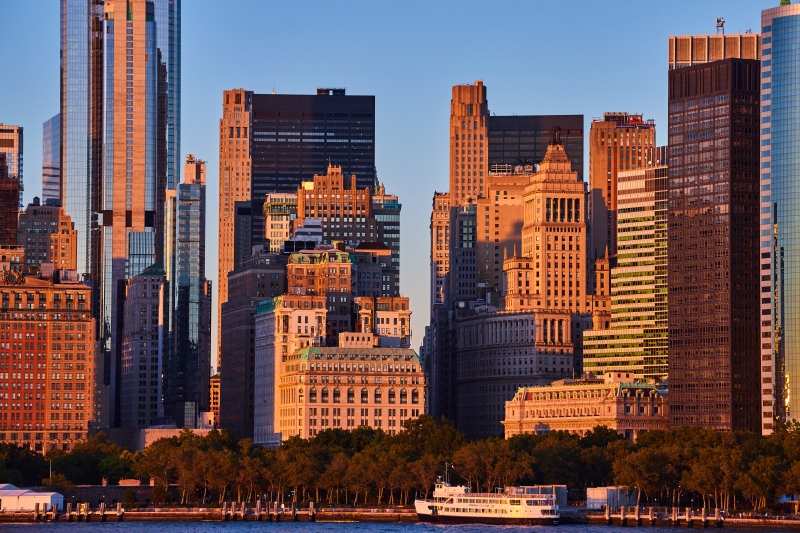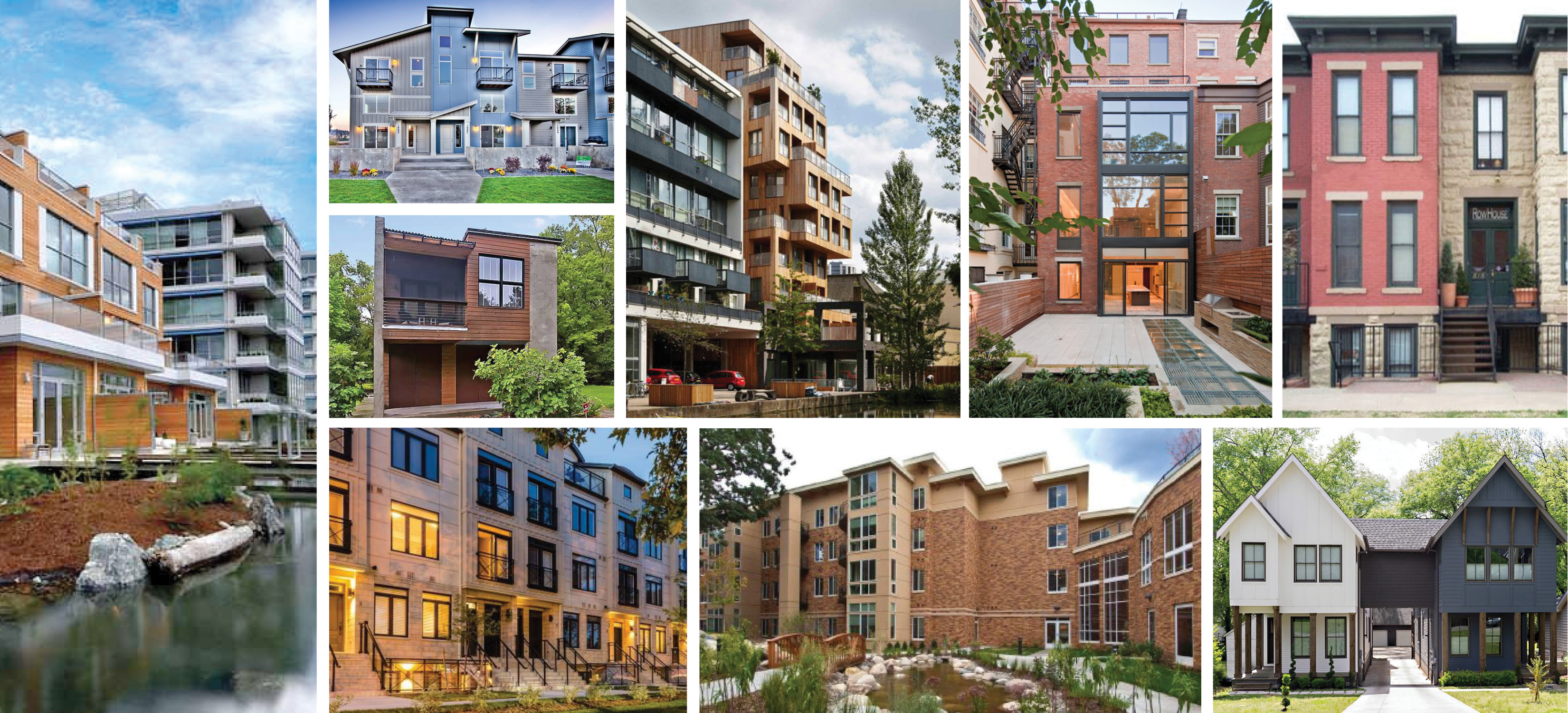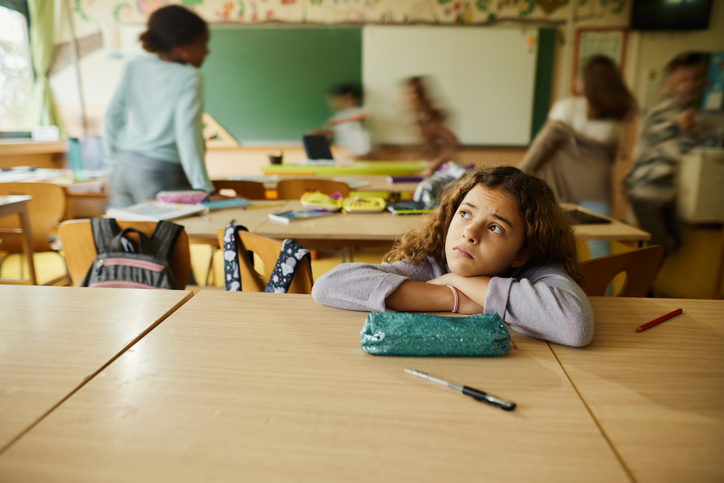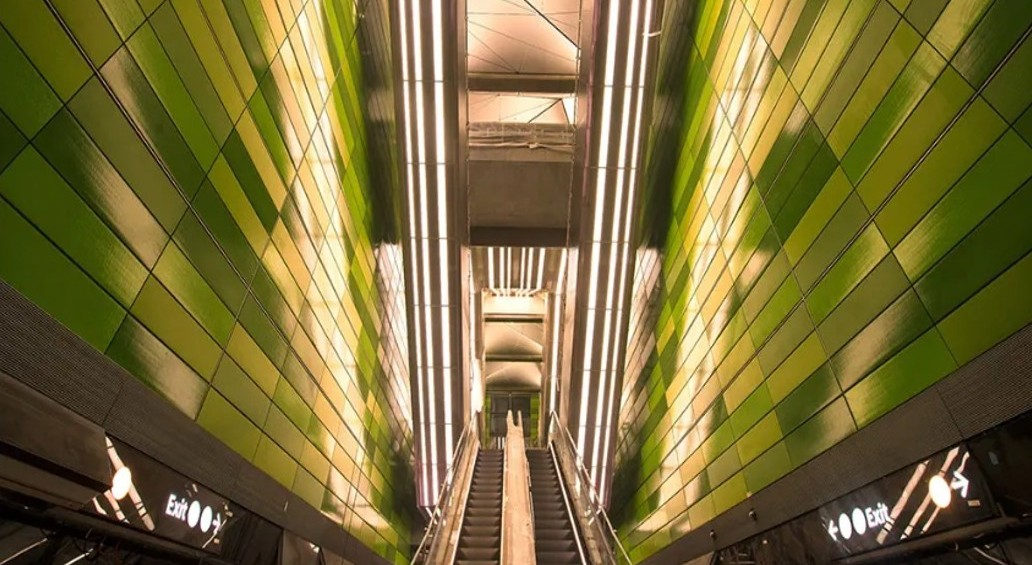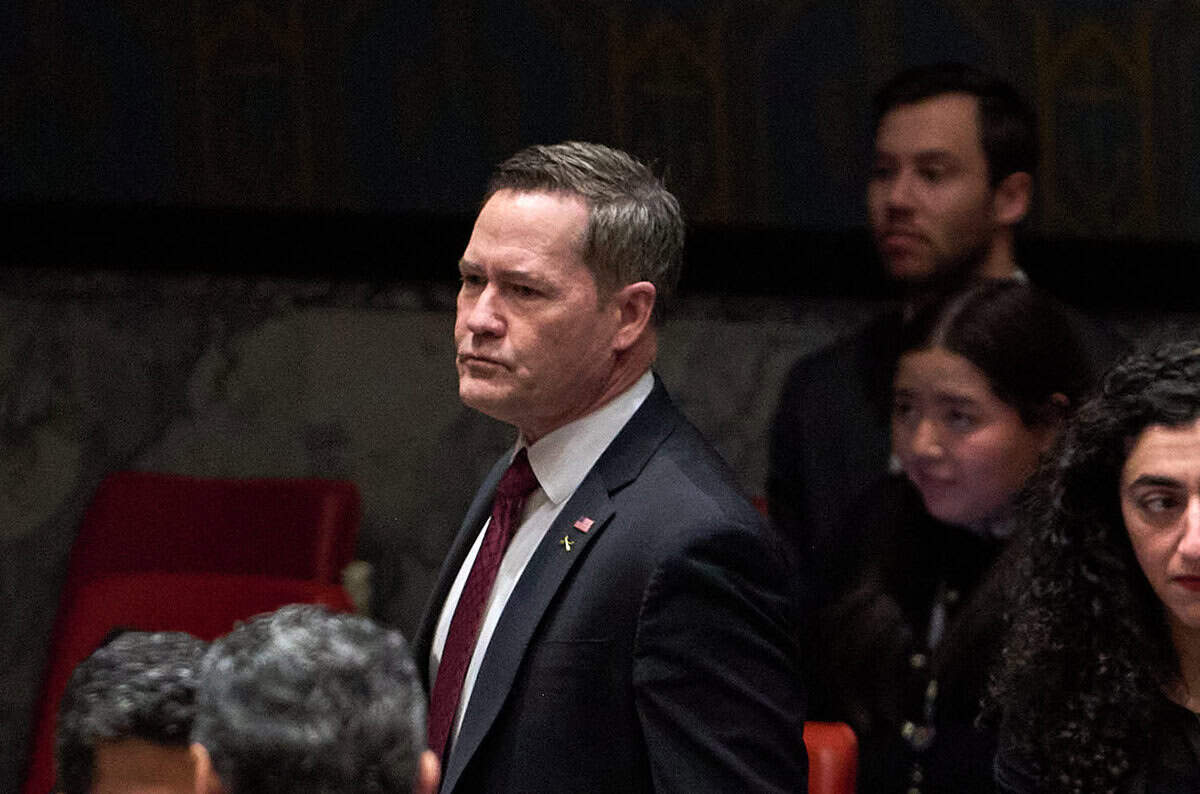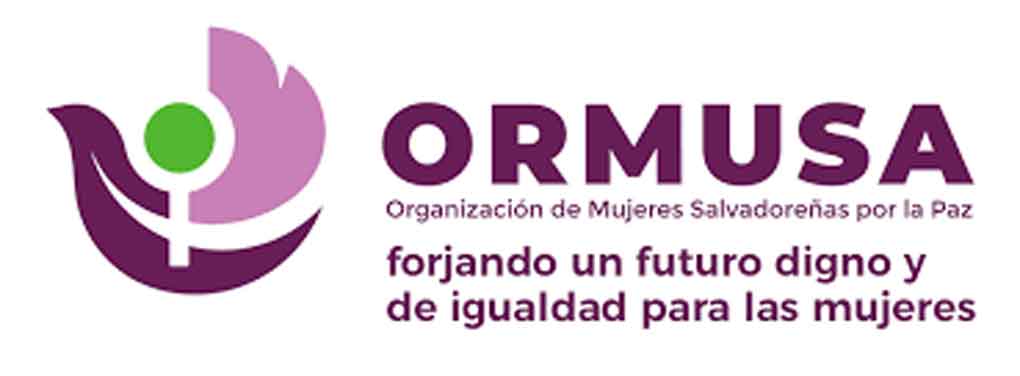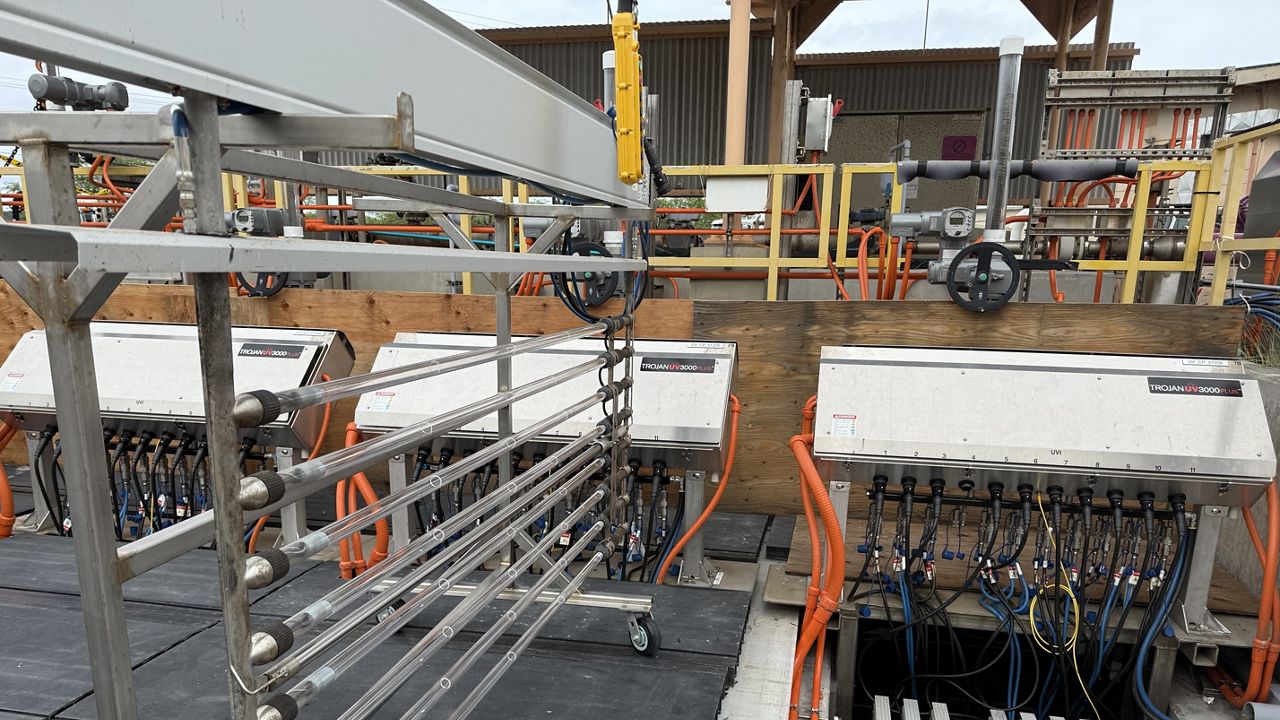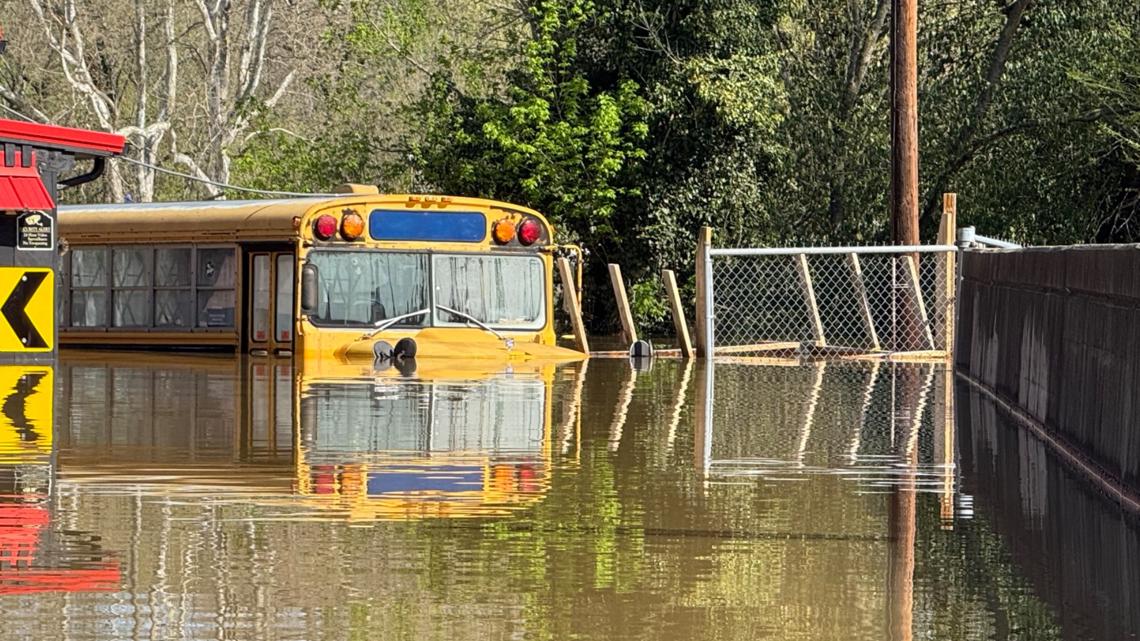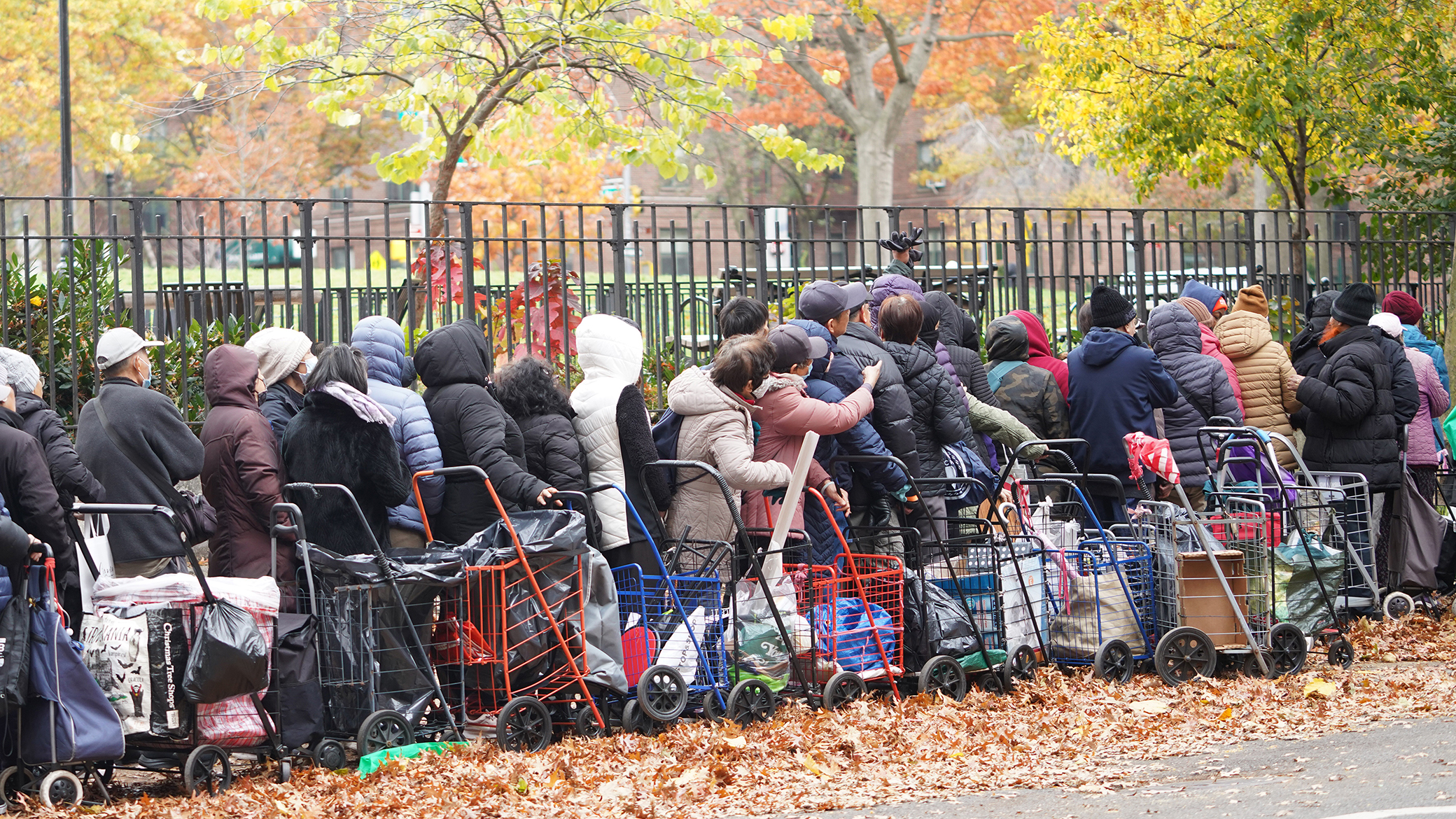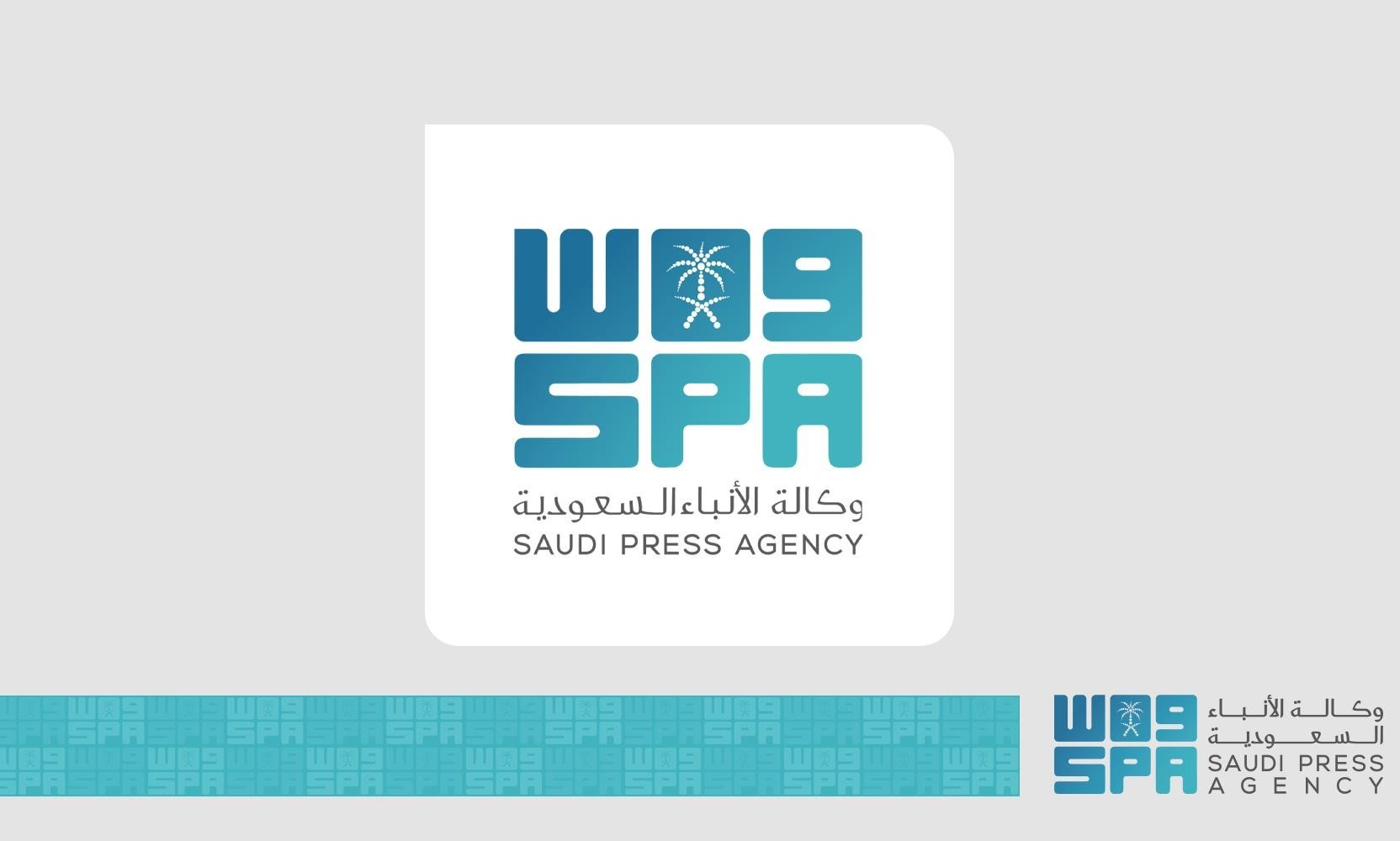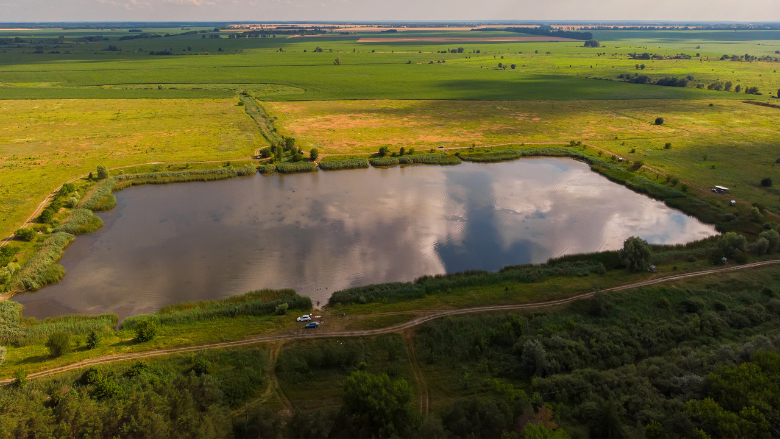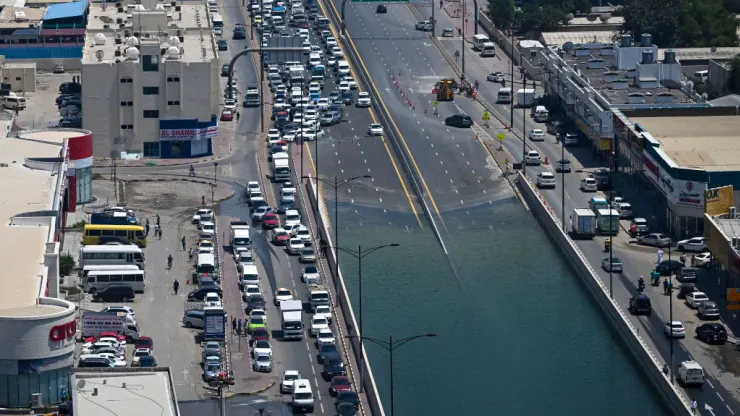Sustainable Development goals
Brief explanation of the 17 goals the UN defined in 2015.
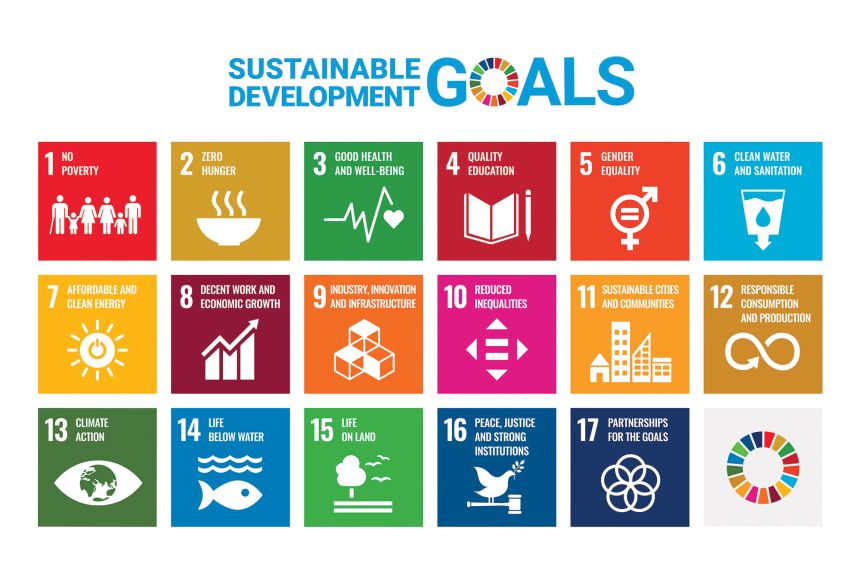
These 17 goals were defined in 2015 by the United Nations with the goal of them being completed by 2030. They are a continuation and build off of the Millenium Development Goals that were in practice from 2000 to 2015. The MDGs were incredibly successful and we are seeing success even now with the SDGs.
In 2015, the 193 countries that make up the United Nations (UN) agreed to adopt the 2030 Agenda for Sustainable Development. The historic agenda lays out 17 Sustainable Development Goals (SDGs) and targets for dignity, peace, and prosperity for the planet and humankind, to be completed by the year 2030. The agenda targets multiple areas for action, such as poverty and sanitation, and plans to build up local economies while addressing people's social needs.
In short, the 17 SDGs are:
Goal 1: No Poverty: End poverty in all its forms everywhere.
Goal 2: Zero Hunger: End hunger, achieve food security and improved nutrition and promote sustainable agriculture.
Goal 3: Good Health and Well-being: Ensure healthy lives and promote well-being for all at all ages.
Goal 4: Quality Education: Ensure inclusive and equitable quality education and promote lifelong learning opportunities for all.
Goal 5: Gender Equality: Achieve gender equality and empower all women and girls.
Goal 6: Clean Water and Sanitation: Ensure availability and sustainable management of water and sanitation for all.
Goal 7: Affordable and Clean Energy: Ensure access to affordable, reliable, sustainable and modern energy for all.
Goal 8: Decent Work and Economic Growth: Promote sustained, inclusive and sustainable economic growth, full and productive employment and decent work for all.
Goal 9: Industry, Innovation, and Infrastructure: Build resilient infrastructure, promote inclusive and sustainable industrialization, and foster innovation.
Goal 10: Reduced Inequality: Reduce inequality within and among countries.
Goal 11: Sustainable Cities and Communities: Make cities and human settlements inclusive, safe, resilient, and sustainable.
Goal 12: Responsible Consumption and Production: Ensure sustainable consumption and production patterns.
Goal 13: Climate Action: Take urgent action to combat climate change and its impacts.
Goal 14: Life Below Water: Conserve and sustainably use the oceans, seas, and marine resources for sustainable development.
Goal 15: Life on Land: Protect, restore, and promote sustainable use of terrestrial ecosystems, sustainably manage forests, combat desertification, and halt and reverse land degradation and halt biodiversity loss.
Goal 16: Peace, Justice, and Strong Institutions: Promote peaceful and inclusive societies for sustainable development, provide access to justice for all and build effective, accountable, and inclusive institutions at all levels.
Goal 17: Partnerships to Achieve the Goal: Strengthen the means of implementation and revitalize the global partnership for sustainable development.
The SDGs build on over a decade of work by participating countries. In essence, the SDGs are a continuation of the eight Millennium Development Goals (MDGs), which began in the year 2000 and ended in 2015. The MDGs helped to lift nearly one billion people out of extreme poverty, combat hunger, and allow more girls to attend school. The MDGs, specifically goal seven, helped to protect the planet by practically eliminating global consumption of ozone-depleting substances; planting trees to offset the loss of forests; and increasing the percent of total land and coastal marine areas worldwide. The SDGs carry on the momentum generated by the MDGs with an ambitious post-2015 development agenda that may cost over $4 trillion each year. The SDGs were a result of the 2012 Rio+20 Earth Summit, which demanded the creation of an open working group to develop a draft agenda for 2015 and onward.
Unlike the MDGs, which relied exclusively on funding from governments and nonprofit organizations, the SDGs also rely on the private business sector to make contributions that change impractical and unsustainable consumption and production patterns. Novozymes, a purported world leader in biological solutions, is just one example of a business that has aligned its goals with the SDGs. Novozymes has prioritized development of technology that reduces the amount of water required for waste treatment. However, the UN must find more ways to meaningfully engage the private sector to reach the goals, and more businesses need to step up to the plate to address these goals.
Overall, limited progress has been made with the SDGs. According to the UN, many people are living healthier lives now compared to the start of the millennium, representing one area of progress made by the MDGs and SDGs. For example, the UN reported that between 2012 and 2017, 80 percent of live births worldwide had assistance from a skilled health professional—an improvement from 62 percent between 2000 and 2005.
While some progress has been made, representatives who attended sustainable development meetings claimed that the SDGs are not being accomplished at the speed, or with the appropriate momentum, needed to meet the 2030 deadline. On some measures of poverty, only slight improvements have been made: The 2018 SDGs Report states that 9.2 percent of the world's workers who live with family members made less than $1.90 per person per day in 2017, representing less than a 1 percent improvement from 2015. Another issue is the recent rise in world hunger. Rates had been steadily declining, but the 2018 SDGs Report stated that over 800 million people were undernourished worldwide in 2016, which is up from 777 million people in 2015.
Another area of the SDGs that lacks progress is gender equality. Multiple news outlets have recently reported that no country is on track to achieve gender equality by 2030 based on the SDG gender index. On a scale of zero to 100, where a score of 100 means equality has been achieved, Denmark was the top performing country out of 129 countries with score slightly under 90. A score of 90 or above means a country is making excellent progress in achieving the goals, and 59 or less is considered poor headway. Countries were scored against SDGs targets that particularly affect women, such as access to safe water or the Internet. The majority of the top 20 countries with a good ranking were European countries, while sub-Saharan Africa had some of the lowest-ranking countries. The overall average score of all countries is a poor score of 65.7.
In fall of 2019, heads of state and government will convene at the United Nations Headquarters in New York to assess the progress in the 17 SDGs. The following year—2020—marks the deadline for 21 of the 169 SDG targets. At this time, UN member states will meet to make a decision to update these targets.
In addition to global efforts to achieve the SDGs, according to the UN, there are ways that an individual can contribute to progress: save on electricity while home by unplugging appliances when not in use; go online and opt in for paperless statements instead of having bills mailed to the house; and report bullying online when seen in a chat room or on social media.
What is Your Reaction?
 Like
0
Like
0
 Dislike
0
Dislike
0
 Love
0
Love
0
 Funny
0
Funny
0
 Angry
0
Angry
0
 Sad
0
Sad
0
 Wow
0
Wow
0
